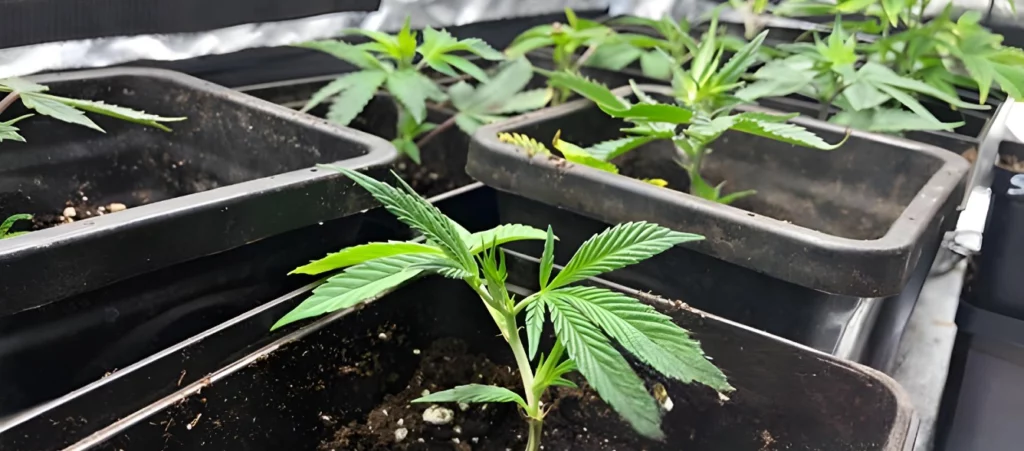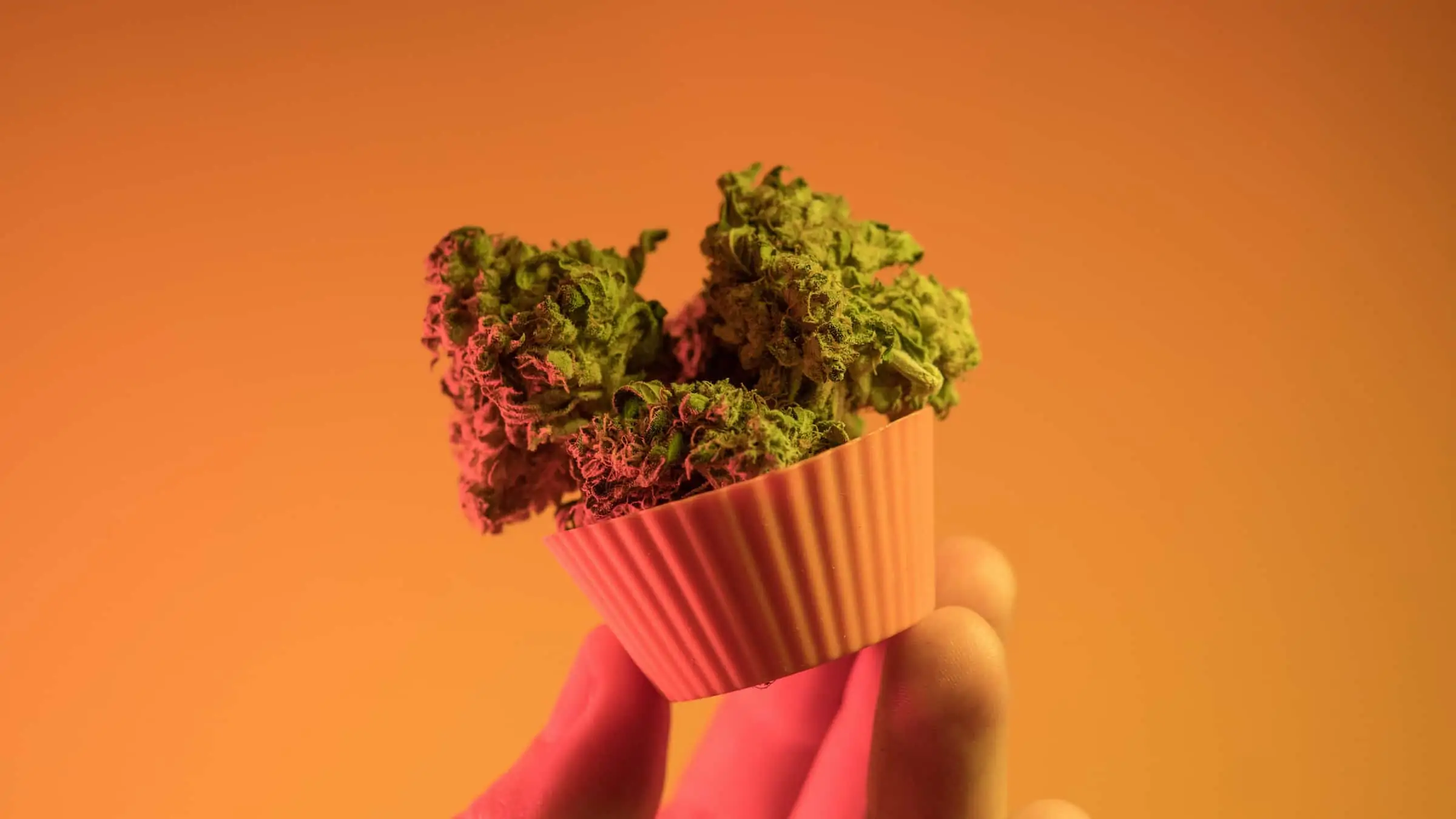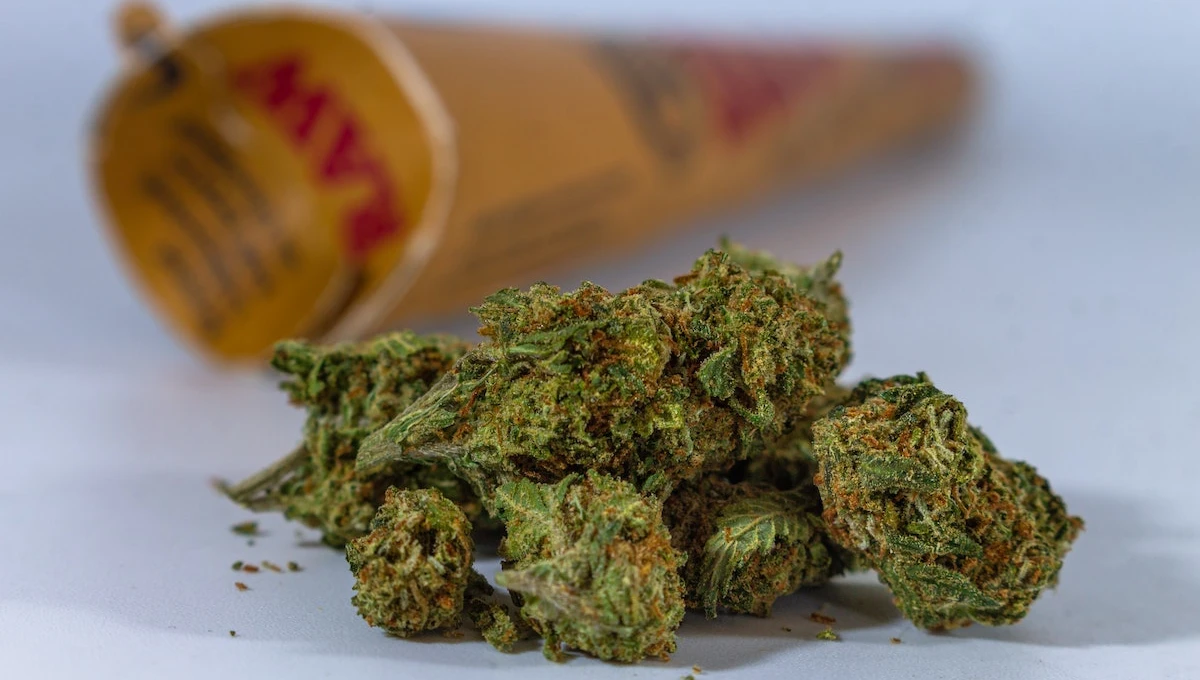Cannabis Cloning through timely and efficient rooting of cuttings is crucial for any grower’s success. Whether you’re planning for the spring planting season or maintaining an indoor grow operation, achieving quick and reliable root formation is essential. In this guide, we’ll provide you with seven expert tips to optimize your cannabis propagation program and ensure a healthy and productive crop.
Respect Your Mothers: Maintain Healthy Stock Plants
The quality of your cuttings largely depends on the health of your stock plants, often referred to as “moms.” Weak or infected stock plants will produce undesirable traits in the cuttings or may fail to root altogether. To ensure vigorous and healthy cuttings, meticulously clean and replace your stock plants several times a year. It’s recommended to switch out your moms every four months and provide them with proper nutrition. Additionally, implement preventative pest control measures and initiate beneficial insect applications while the stock plants are still young.
Get Hip to Hydration: Proper Water Management
Water balance is crucial for successful rooting, both in the air, substrate, and within the plant itself. Prior to cutting day, make sure your stock plants are well-irrigated at least 24 hours in advance. Immediately after removing the cuttings from the stock plants, place them in a cup of water. Ensure that the rooting substrate is sufficiently irrigated before sticking the cuttings. Avoid excessive airflow or intense light during the sticking process, as these factors can rapidly dry out the fresh cuttings.
Pinching Prevents Pruning: Encouraging Growth
To promote the timely production of rooted cuttings, it’s crucial to implement pinching and pruning techniques on your stock plants. Pinching involves removing up to an inch of new growth at the tip of a branch, redirecting the plant’s energy towards generating more shoots. Pruning, on the other hand, involves removing entire branches to shape or control the plant’s form. If you propagate infrequently, make it a habit to pinch your plants every two weeks. This approach will stimulate a continuous flush of young cuttings and prevent the growth of undesirable branches that may require pruning later on.
Take a Dip: Enhancing Cutting Health
In conventional horticulture, cuttings are often dipped in a liquid solution before sticking. While certain products used in other crops are not suitable for cannabis, the practice of dipping cuttings remains valuable. Consider giving your cuttings a brief bath in a biostimulant or organic fungicide before sticking them. However, ensure to test for phytotoxicity before treating the entire crop. Dipping the cuttings also provides the additional benefit of hydrating them before sticking.
Handle Humidity: Optimal Environment for Rooting
Maintaining ideal humidity levels is crucial for fast rooting and preventing mold or bacterial growth. Reduce relative humidity (RH) gradually from 100% on sticking day to 65% to 75% RH after about seven to ten days. To accomplish this, adjust environmental conditions accordingly. In greenhouses, utilize full shade and minimize ventilation. Turn off horizontal or vertical airflow fans to prevent excessive drying of the cuttings. If you’re Cannabis Cloning indoors, consider using humidifiers if all the cuttings are at the same stage. Humidity domes are also effective when caring for cuttings at different maturity stages in the same room. Remember to increase humidity by spraying the inside walls of the domes when the cuttings begin to wilt, rather than directly on the plants.
Feed Their Needs: Nutrition for Rooting Cuttings
As soon as you notice the cuttings starting to callus and show signs of rooting, it’s important to initiate feeding. This step is crucial for providing essential nutrients to support root development. Some growers prefer applying fertilizer to the substrate before sticking the cuttings, while others opt for pre-soaking the substrate with a pH-balanced, low-strength nutrient solution. Whichever method you choose, ensure that the first roots that emerge from the cuttings have access to nutrition. It’s generally recommended to irrigate the rooting substrate approximately one week after sticking. Use a pH-adjusted nutrient solution with an electrical conductivity (EC) of at least 1.0. Consider using your flowering formula, as research has shown that adequate phosphorus is vital for the formation of new roots.
Break Out the Beneficials: Implementing IPM
Implementing an Integrated Pest Management (IPM) program is essential to safeguard newly rooted cuttings. While beneficial insects are typically ineffective at 100% RH, you can initiate your IPM program once the plants are no longer misted or the domes have been removed. Even at a young age, cuttings are susceptible to damaging insects, so it’s crucial to start your predatory insect program early. Instead of using sachets, which may be too large for this stage, opt for beneficials that can be manually sprinkled onto plant trays.
Conclusion: Propagate for Success
The timely rooting of cannabis cuttings is the foundation for a successful and productive crop. By following these expert tips, you can optimize your cannabis propagation program and ensure healthy, vigorous plants. Remember to respect your mothers by maintaining healthy stock plants, prioritize proper water management, employ pinching and pruning techniques, consider dipping cuttings for enhanced health, handle humidity levels carefully, provide essential nutrition at the right time, and implement an effective IPM program. With these strategies in place, you’ll set your plants up for success and reap the rewards of a thriving cannabis cultivation operation, whether it’s conducted outdoors, indoors, or somewhere in between.
Frequently Asked Questions (FAQs)
Q: How often should I replace my stock plants?
A: It’s recommended to replace your stock plants every four months. This ensures the production of healthy and vigorous cuttings.
Q: Can I use beneficial insects for pest control in cannabis propagation?
A: While beneficial insects are effective for pest control, they may not be suitable during the early stages of propagation. Start your predatory insect program once the plants are no longer misted or the domes have been removed.
Q: Should I fertilize the substrate before or after sticking the cuttings?
A: There are different approaches, but it’s generally recommended to initiate feeding as soon as you see the cuttings callusing and showing signs of rooting. Provide nutrition either by applying fertilizer to the substrate before sticking or pre-soaking the substrate with a pH-balanced, low-strength nutrient solution.
Q: How can I maintain optimal humidity levels during rooting?
A: Gradually decrease relative humidity (RH) from 100% on sticking day to 65% to 75% RH within seven to ten days. Use full shade and minimize ventilation in greenhouses. Indoors, consider using humidifiers if all the cuttings are at the same stage. Humidity domes work well for caring for cuttings at different maturity stages in the same room.
Q: When should I start my IPM program for newly rooted cuttings?
A: Start your IPM program as soon as the plants are taken off the mist or once the domes are completely removed. While beneficial insects may not be suitable for this stage, there are other methods, such as manually sprinkling beneficials onto plant trays.
Q: What is the ideal time to irrigate the rooting substrate after sticking the cuttings?
A: It’s generally recommended to irrigate the rooting substrate approximately one week after sticking the cuttings. Use a pH-adjusted nutrient solution with an electrical conductivity (EC) of at least 1.0, preferably using your flowering formula.
We hope these answers address your queries. If you have any further questions, feel free to reach out. Happy Cannabis Cloning!











